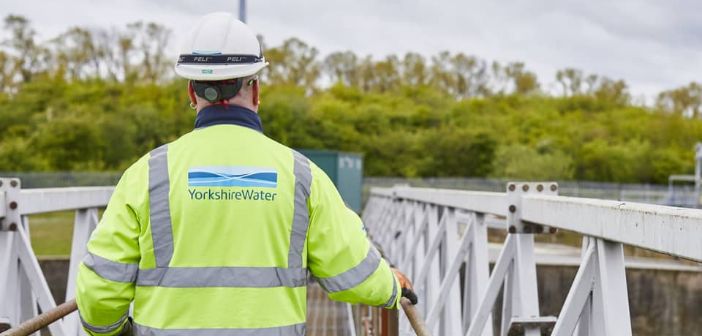Yorkshire Water is set to roll out an AI-powered solution across its sewer network, which can predict blockages and assist in reducing pollution risks.
This follows a successful pilot of the system co-created by Yorkshire Water, Siemens and the University of Sheffield.
The solution will now be installed across Yorkshire Water’s network of more than 2,000 combined sewer overflows (CSOs).
Combined sewers carry both foul water from homes and businesses as well as rainwater, which falls onto impermeable areas such as paved areas, roofs and highways. Yorkshire Water said as the weather can be unpredictable, CSOs are permitted on sewer networks to reduce the pressure on sewers during heavy rainfall events.
CSOs are designed to stop the system from backing up and flooding homes and gardens by allowing heavily diluted wastewater to be discharged into watercourses.
The integrated sensing, communication, analytics and reporting solution works by using sensors to feed water level data into the Blockage Predictor, an application on Siemens’ cloud-based, open Internet of Things (IoT) operating system, MindSphere.
The performance of the sewer network is analysed in real time and predicts problems such as network blockages before they happen. Yorkshire Water added this enables it to quickly investigate the predicted blockage and prevent them developing into sewage pollution in the environment.
Heather Sheffield, integrated planning and central control manager at Yorkshire Water, said: “Reducing intermittent discharges from CSOs is a key priority for us and our partnership with Siemens illustrates Yorkshire Water’s commitment to investing in cutting-edge technology to reduce pollution incidents by 50%, a key goal of our Pollution Incident Reduction Plan 2020-2025.
“Our customers expect us to use the latest technologies. This solution, developed in partnership with Siemens and the University of Sheffield, will change our visibility of the sewer network and improve how we identify and tackle blockages.
“Rolling out the solution to 2,000 assets across the entire county will have a significant role in reducing the number of pollution incidents, which can have a negative impact on the environment, as well as increasing our efficiency and providing improved value to our customers.”
Analysis of 21,300 days of data by the University of Sheffield found the blockage predictor can provide up to two weeks’ notice of problems within the sewer network and identify nine out of 10 potential issues – three times more successful than existing pollution prediction processes, while reducing the number of false positive alerts by 50%.
Furthermore, Siemens is now engaging with water companies to support the ambitions of trade association Water UK to eliminate pollution incidents in the sewer network by 2050.









